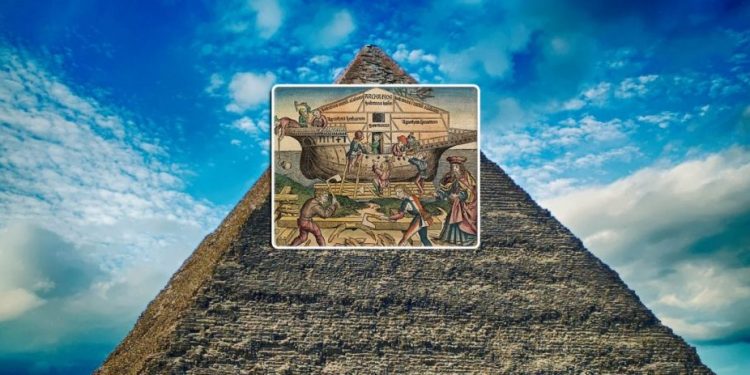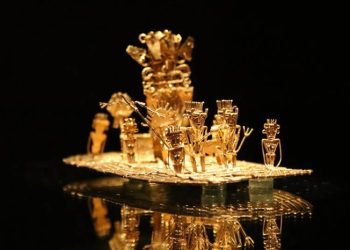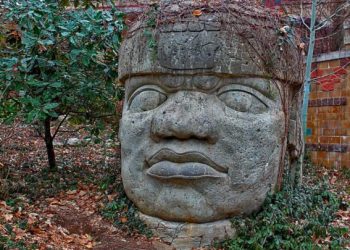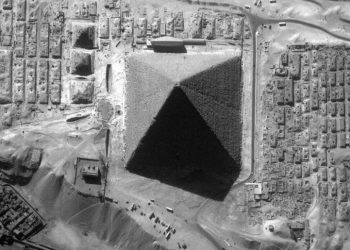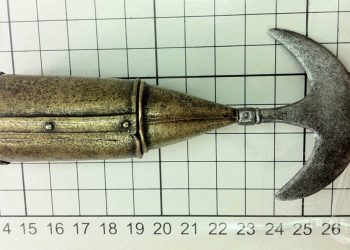A hidden line in the Dead Sea Scrolls has revealed something extraordinary—evidence that Noah’s Ark was pyramid-shaped. This surprising reinterpretation comes from advanced scans of ancient manuscripts, uncovering a forgotten word that may reshape our understanding of one of the Bible’s most enduring mysteries.
Rediscovering the ark through ancient eyes
For centuries, religious scholars and historians have tried to imagine what Noah’s Ark actually looked like. Described in the Book of Genesis as the vessel that preserved life during the Great Flood, the ark is often depicted as a massive wooden ship with a rectangular hull. But what if this iconic vessel had a radically different design? What if Noah’s Ark was pyramid-shaped?
This provocative idea isn’t the invention of modern speculation. Instead, it comes from one of the oldest religious documents in human history: the Dead Sea Scrolls. Thanks to cutting-edge imaging techniques, researchers have recovered long-lost lines from these scrolls—one of which may forever change how we visualize the ark.
The Dead Sea Scrolls and a missing word
Discovered in the Qumran Caves near the Dead Sea in the mid-20th century, the Dead Sea Scrolls are a collection of ancient Jewish texts that date from the 3rd century BCE to the 1st century CE. They include some of the earliest known copies of biblical writings, as well as texts not found in the Hebrew Bible. For decades, many fragments remained unreadable due to fire damage, age, and erosion.
Enter the Leon Levy Dead Sea Scrolls Digital Library project, led by the Israel Antiquities Authority. Using custom-built multispectral cameras, researchers photographed each scroll fragment up to 28 times under varying wavelengths of light. This technique made it possible to detect previously invisible letters and words—some erased for thousands of years.
Among the rediscovered phrases was a description of the ark’s “tallness,” with the Hebrew word ne’esefet—meaning “gathered”—at the center of the mystery. According to Dr. Alexey Yuditsky of the Hebrew University of Jerusalem, this term implies that the sides or ribs of the ark were “gathered together” at the top. In architectural terms, that points not to a flat-roofed barge—but to a vessel with a pointed or sloping roof. In other words, Noah’s Ark was pyramid-shaped.
Ancient sources that support the shape
This isn’t the first time such a shape has been suggested. The Septuagint, the oldest surviving Greek translation of the Hebrew Bible, also describes the ark with language that implies a sloped roof. Additionally, Maimonides—the renowned 12th-century Jewish philosopher—wrote that the ark likely had a roof that came to a point, designed to shed water efficiently.
What sets this latest discovery apart is that it emerges directly from original Hebrew fragments once thought to be unreadable. The pyramid-like shape is not an artist’s reinterpretation or a theological metaphor, but a potential detail from ancient scripture itself.
And the shape matters. Pyramid-like structures have long held spiritual significance in ancient civilizations—from Egypt to Mesopotamia—often representing divine order, cosmic balance, and protection. If Noah’s Ark was pyramid-shaped, that symbolism takes on a whole new dimension.
Technology reveals what tradition forgot
Without advanced imaging, this line may never have been recovered. It took a combination of precision technology and linguistic expertise to unearth a single word that reshapes a global story. Now that word is changing the conversation—from seminaries to archaeological circles.
All the newly interpreted text fragments, including the theory that Noah’s Ark was pyramid-shaped, can now be explored online through Maagarim, the Historical Dictionary Project of the Hebrew Language Academy. It’s a striking reminder that even the oldest stories can still surprise us—especially when viewed through a lens built in the 21st century.



